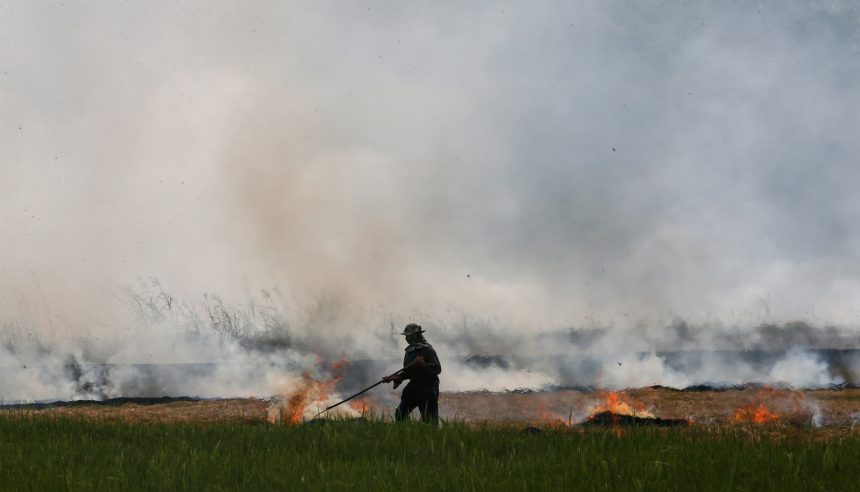On a warm spring day in Chiang Mai, Thailand, a thick blanket of gray smog covers the city. Residents are urged to stay indoors, and those who venture out line up for N-95 masks being handed out by civil servants. Inside a government building, officials are strategizing in their “War Room” to combat the pervasive air pollution crisis using innovative technology and a mobile application called FireD.
Chiang Mai frequently ranks as the world’s most polluted city due to industrial pollution and widespread agricultural burning during the annual “burning season” from January to April. The primary culprit is PM2.5, a harmful particulate matter that poses significant health risks. While the Thai Parliament works on drafting a Clean Air Act, the success of the FireD system offers hope for a scalable solution not only in northern Thailand but also in neighboring countries like Laos and Myanmar.
A team from Chiang Mai University developed FireD, a system that uses NASA satellite data and thermal drones to monitor pollution levels in real-time. Farmers can request controlled burns through the app, and officials approve or reject requests based on current atmospheric conditions. With a wall of TV monitors displaying FireD data in the War Room, local authorities can make informed decisions about agricultural burns to manage air pollution effectively.
The app has received over 14,000 burn requests covering nearly 155,000 acres in 2024, indicating its potential to transform agricultural burning practices. However, challenges like lack of technology access among farmers and compliance issues hinder widespread adoption. Despite these obstacles, FireD represents a step towards a more sustainable and compassionate approach to addressing air pollution in Chiang Mai and beyond.






